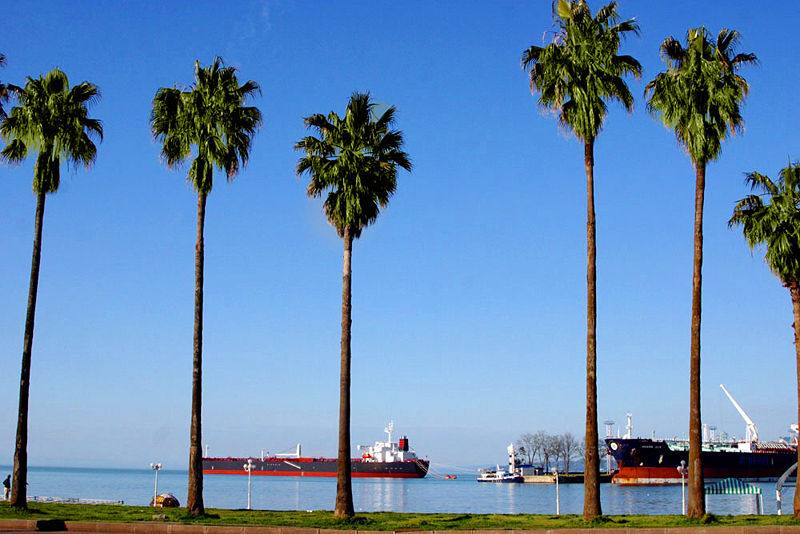International Credit Mobility
- Replaces Action 2 of Erasmus Mundus
- No longer relevant to differentiate between intra-EU and international mobility
- Full streamlining of calendar and procedures, management by National Agencies (Note: international mobility launched later)
- Use of same quality instruments. Principles of the Charter will apply.
- Mobility flows based on inter-institutional agreements
- Doctoral level and staff mobilities at all disciplines
- From 2 to 12 months for studies and/or traineeship
- Blended mobility - (physical mobility 5-30days + virtual component)
- For staff – from 2 days to 2 months
- Level of grants adapted to international mobility
- EU external policy priorities apply
HEIs to apply for:
- Sending and receiving mobility to/from nonassociated/partner countries countries
- Individually or within a consortium
- Teaching: this activity allows HEI teaching staff or staff from enterprises to teach at a partner HEI abroad. Staff mobility for teaching can be in any subject area/academic discipline. In the case of teaching assignments universities in associated/programme and non-associated/partner countries must have signed an inter-institutional agreement. Activities of staff undertaking a teaching assignment should be integrated into the curriculum of the receiving institution.
- Training: this activity supports the professional development of HEI teaching and non-teaching staff in the form of training events abroad (excluding conferences) and job shadowing/observation periods/training at a partner HEI, or at another relevant organisation abroad.
- Staff members are selected by the sending higher education institution.
The sending institution and the receiving institution must have agreed on the programme of the activities to be undertaken by the visiting staff member (Mobility Agreement) prior to the start of the mobility period.
Information for foreign students
Erasmus+ offers opportunity to European students to spend learning period in non-associated/partner countries.
 |
 |
 |
 |
The history of Georgia can be traced back to the ancient kingdoms of Colchis and Iberia, and it was one of the first countries to adopt Christianity, in the 4th century. Georgia reached the peak of its political and economic strength during the reign of King David and Queen Tamar in 11th and 12th century. At the beginning of the 19th century, Georgia was annexed by the Russian Empire. After a brief period of independence following the Russian Revolution of 1917, Georgia was annexed by the Soviet Red Army in 1921 and in 1922 Georgia was incorporated into the Soviet Union, which lasted until the breakup of the Soviet Union in 1991. Like many post-communist countries, Georgia suffered from the economic crisis and civil unrest during the 1990s. After the Rose Revolution (2004), the new political leadership introduced democratic reforms but the foreign investment and economic growth which followed initially have slackened substantially since.

The standard of living in Georgia is getting closer to European, but accommodation, food, transport and leisure are relatively un-expensive compared to many other countries.
Here some examples (sample prices for the capital city - Tbilisi)
1 EUR = 3.645 Georgial Lari (GEL; as for October 2021; to check exchange rates, please visit InforEuro)
|
Spending |
Costs |
|---|---|
|
Housing/rent: Apartment (1 bedroom) in City Centre |
900 - 1300 GEL /month |
|
Food and daily expenses: |
400 - 500 GEL /month |
|
Calls from cell phone: 1 min. of Prepaid Mobile Tariff Local (No Discounts or Plans) |
0.21 GEL/minute in GE |
|
Call to the Europe |
0.88 GEL /minute in the EU |
|
Bus/metro ticket: One-way Ticket (BUS, METRO) |
0.50 GEL/ per ride |
|
Health insurance package for students |
10 - 50 GEL/month |
For more details visit http://www.numbeo.com/cost-of-living/city_result.jsp?country=Georgia&city=Tbilisi
or http://www.expatistan.com/cost-of-living/tbilisi.

Visa/residence permits
Citizens of member countries of the European Union have the right of visa-free stay in Georgia for one full year.
No residence permit is required for study visits.

Facts and Figures (www.cia.gov data):
Territory: 69,700 km²
Population: 3,726,330 (July 2017 est.)
Ethnic groups:
- Georgian 86.8%
- Azeri 6.3%
- Armenian 4.5%
- Other 2.3%
Languages:
- Georgian (official) 87.6%
- Azeri 6.2%
- Armenian 3.9%
- Russian 1.2%
- other 1%
Religion:
- Orthodox Christian (official) 83.4%
- Muslim 10.7%
- Armenian-Gregorian 2.9%
- Catholic 0.8%
- other 0.8%
- none 0.7%
Population growth rate: - 0.02%
Net migration rate: -1.6 /1000
Life expectancy: 76.4
Unemployment rate: 33.3%
Population below poverty line: 9.7%
Literacy rate: 99.8%
GDP per capita: $10,000 (2016)
Useful links:
About Georgia-EU relations
Since 2009 Georgia participates in the Eastern Partnership (EaP), which is a specific Eastern dimension within the European Neighborhood Policy (ENP). EU-Georgia Association Agreement has been signed on 27th June 2014. More info here.



